Italian Food Culture Through Generations

Food is never simply food; it is culture. Have you ever eaten something and been transported to a place, a memory, an experience? A dish can be personal, familial, local, regional, generational, or all of the above. Recipes tell stories—like people, they have histories. Lasagna, ceviche, feijoada, dumplings, chicken noodle soup, etc., are never just foods. They define the places and the people—living and gone—that invite them to life at the table or betray them when cooked poorly. Food is like the essence of a people, the soul of geography, defining both the tones of “away” and home, which is why one can tell a lot about people, places, and culture by looking at (or tasting) their cuisine and what dishes they hold dear. And while food is sacred to every culture, it is essential to Italy.


The main difference between authentic Italian and American Italian food is the prevalence of fresh ingredients in Italy compared to America. In Italy, portions are typically smaller, including more vegetables and protein, according to the website Ambra NYC, while in America, portions can feed two or three people even though they are meant for one person. There is a heavier emphasis on carbs and rich sauces. Additionally, it's common in Italy to pay for water, whereas tap water is free in America. Coperto is a fixed cover charge applied per person sitting at your table and covers necessary items for the meal, such as cutlery, plates, and napkins. Tipping is not as standard in Italy as in America because of this, according to Sophie Nadeau of the travel website Solo Sophie.
On the corner of Piazza Del Risorgimento in Rome, Fabio Fommei, owns La Soffitta Renovatio. The quaint, family-owned restaurant has maintained its authenticity with traditional recipes that have been passed down through generations. He has been a chef for 25 years and was inspired by his family, often a theme for cooks in Italy. He says, "In my family, there is a culture about the kitchen… we love food. Because in Italy, we have too many different products [that are] very good, from the vegetables, and the fish. Everything is good." He learned to cook from his grandmother and in the restaurant, saying, "All the chefs have different recipes, but you learn a little bit from this chef, and after, you can create your recipe." He stresses the importance of tradition because while every region has different recipes, the specialized ingredients of each region give dishes their unique flavor.


Entrance of La Soffitta Renovatio, photo by Lexmia Ozuna
Entrance of La Soffitta Renovatio, photo by Lexmia Ozuna
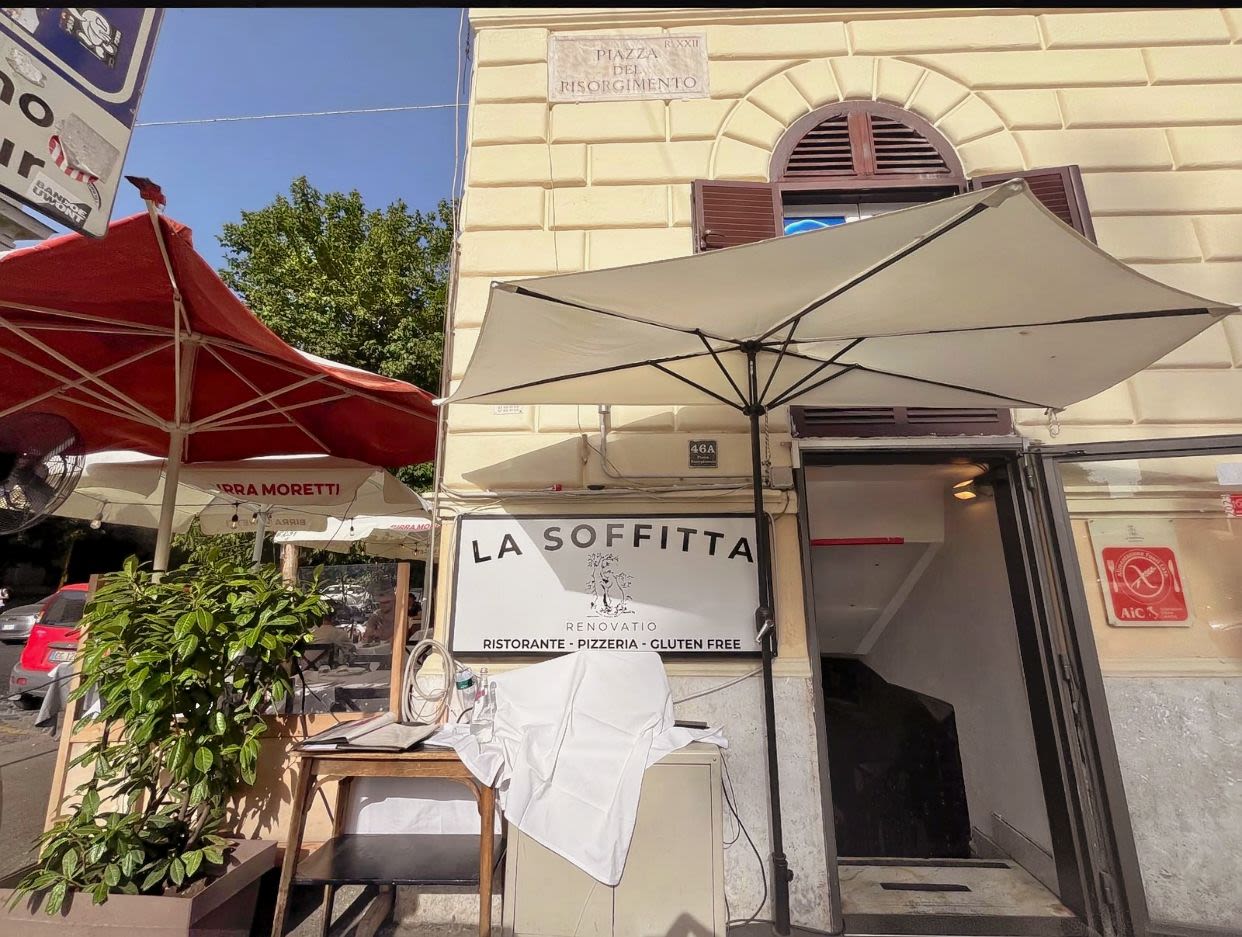
La Soffitta Renovatio, photo by Lexmia Ozuna
La Soffitta Renovatio, photo by Lexmia Ozuna
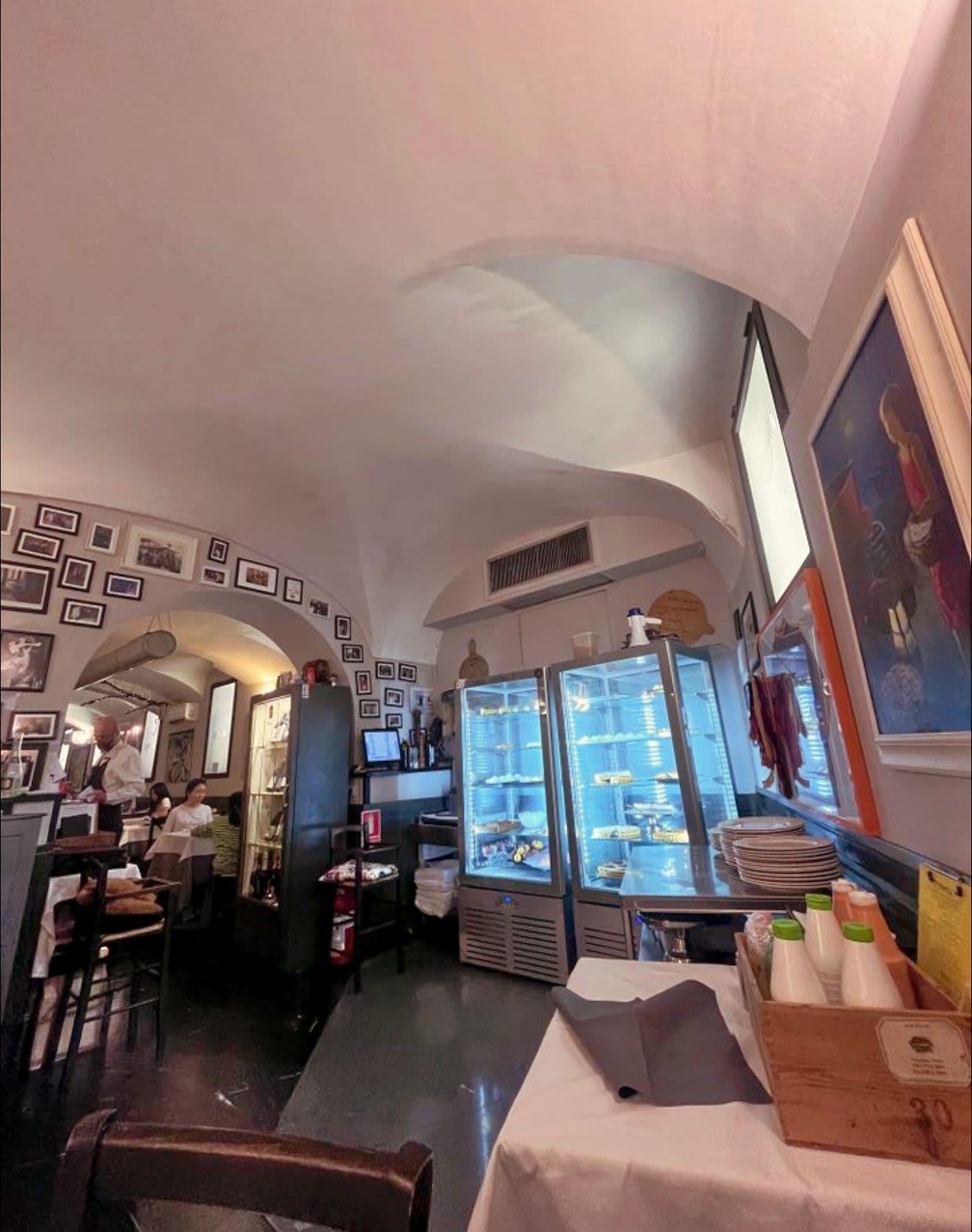
Heart of restaurant adorned with family memories, photo by Lexmia Ozuna
Heart of restaurant adorned with family memories, photo by Lexmia Ozuna
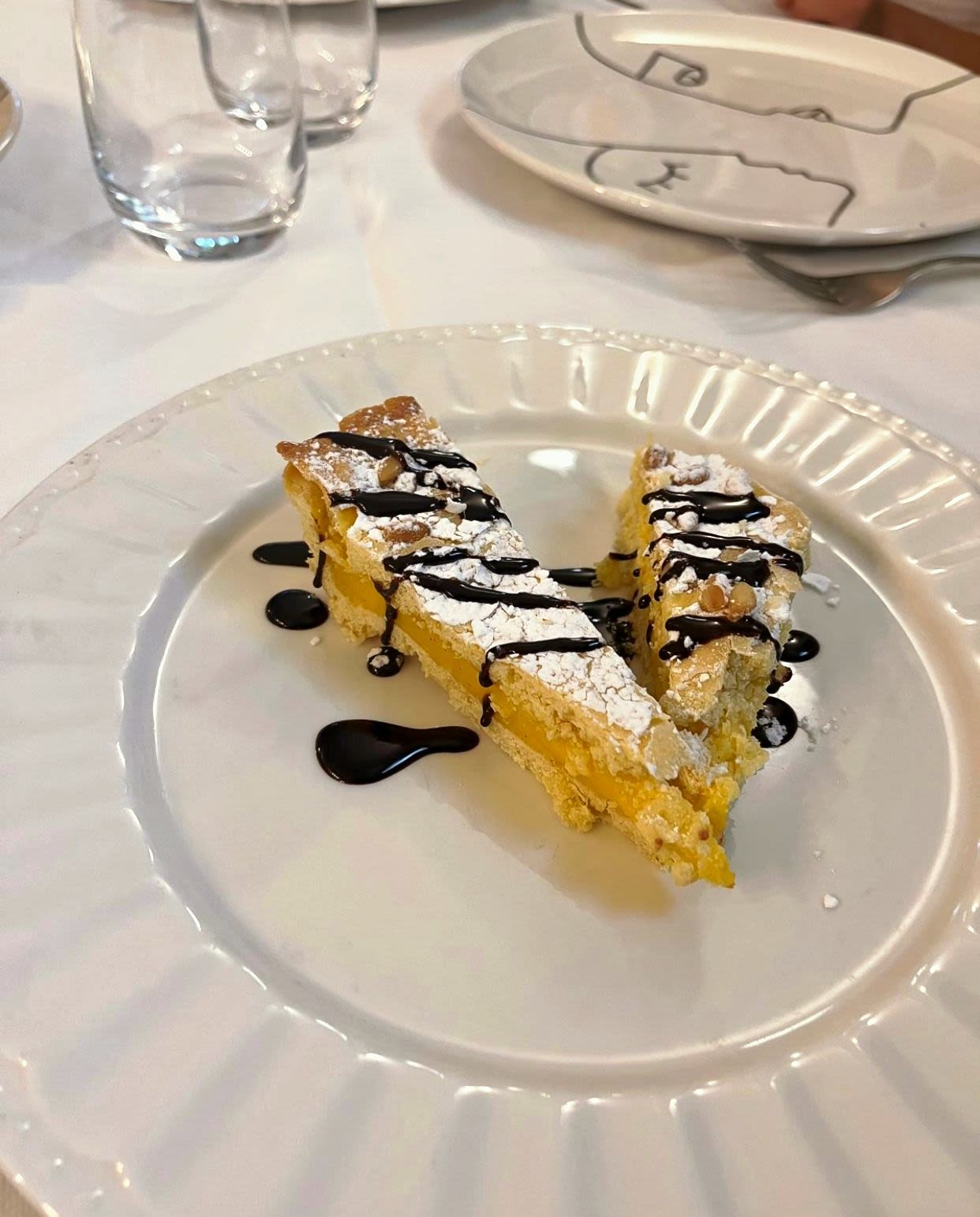
Almond & Ricotta Cake from La Soffitta Renovatio, photo by Lexmia Ozuna
Almond & Ricotta Cake from La Soffitta Renovatio, photo by Lexmia Ozuna
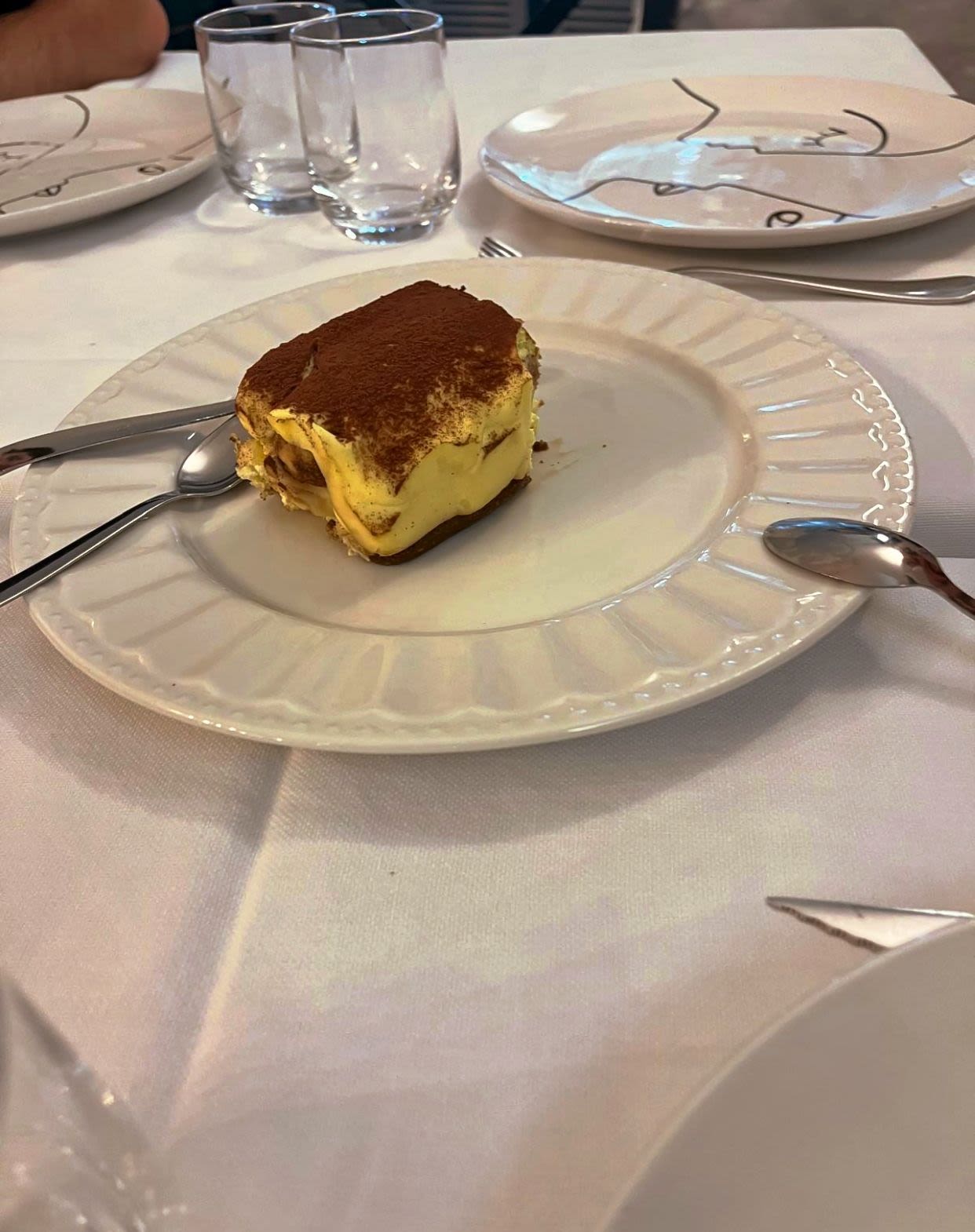
Tiramisu from La Soffitta Renovatio, photo by Lexmia Ozuna
Tiramisu from La Soffitta Renovatio, photo by Lexmia Ozuna
Italy is synonymous with the history of its food culture, which reflects centuries of tradition. Each region has its nuances, flavors, and personalities. For example, dishes in the north—with its cooler climate, dairy farming, and rice cultivation—tend to`, like alfredo, pesto, and osso buco. On the other hand, Southern Italy’s warm Mediterranean climate lends to dishes with more tomato-based sauces and seafood, like pizza Margherita, pasta alla norma, and mussels marinara. Moreover, historical influences from Greeks, Arabs, and Spanish—dating back to ancient Rome—are reflected in traditional foods like cucina povera, simple foods made with fresh seasonal ingredients from the peasant classes. Regional distinctions like these highlight the tip of the iceberg of the varied and diverse history of influences that make Italian cuisine so culturally rich and undeniably unique. In short, every region, province, town, and neighborhood within has its culinary traditions—all of which add to the storied tapestry of Italian cuisine loved worldwide.
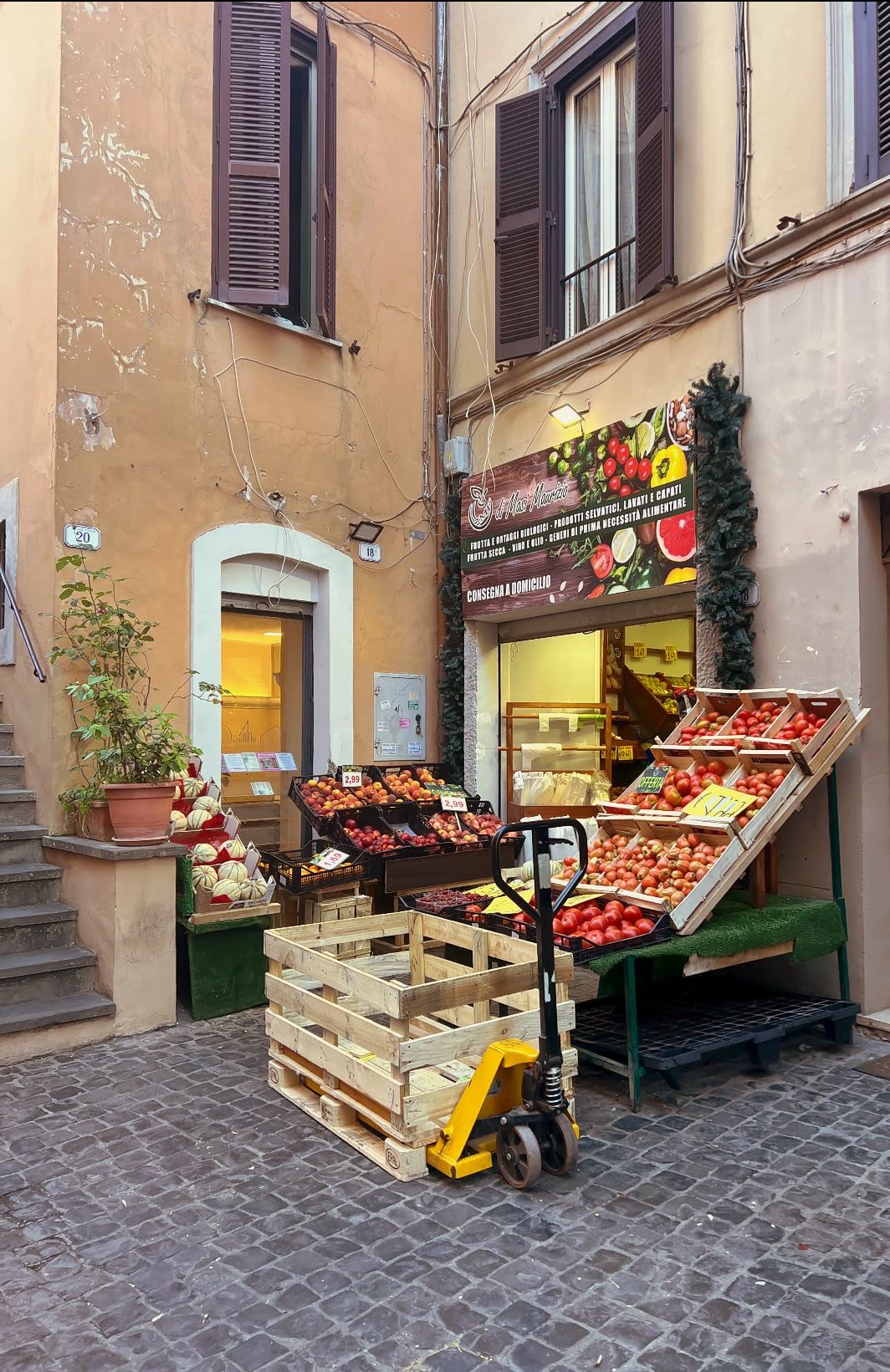

Barbara Agosti is the chef and owner of Eggs, a restaurant that focuses on carbonara pasta and incorporates the various use of eggs for different recipes. Agosti has been a chef for about 20 years in Italy and other countries abroad. She opened her restaurant due to her passion that revolves around the world of land and sea, eggs. Chef Agosti says, “I find the egg is the DNA of cuisine.” Some recipes handed down from generations include homemade pasta tagliatelle, stuffed pasta lasagna, and gnocchi, which Agosti learned by observing her grandmothers and aunts in the kitchen and getting involved.
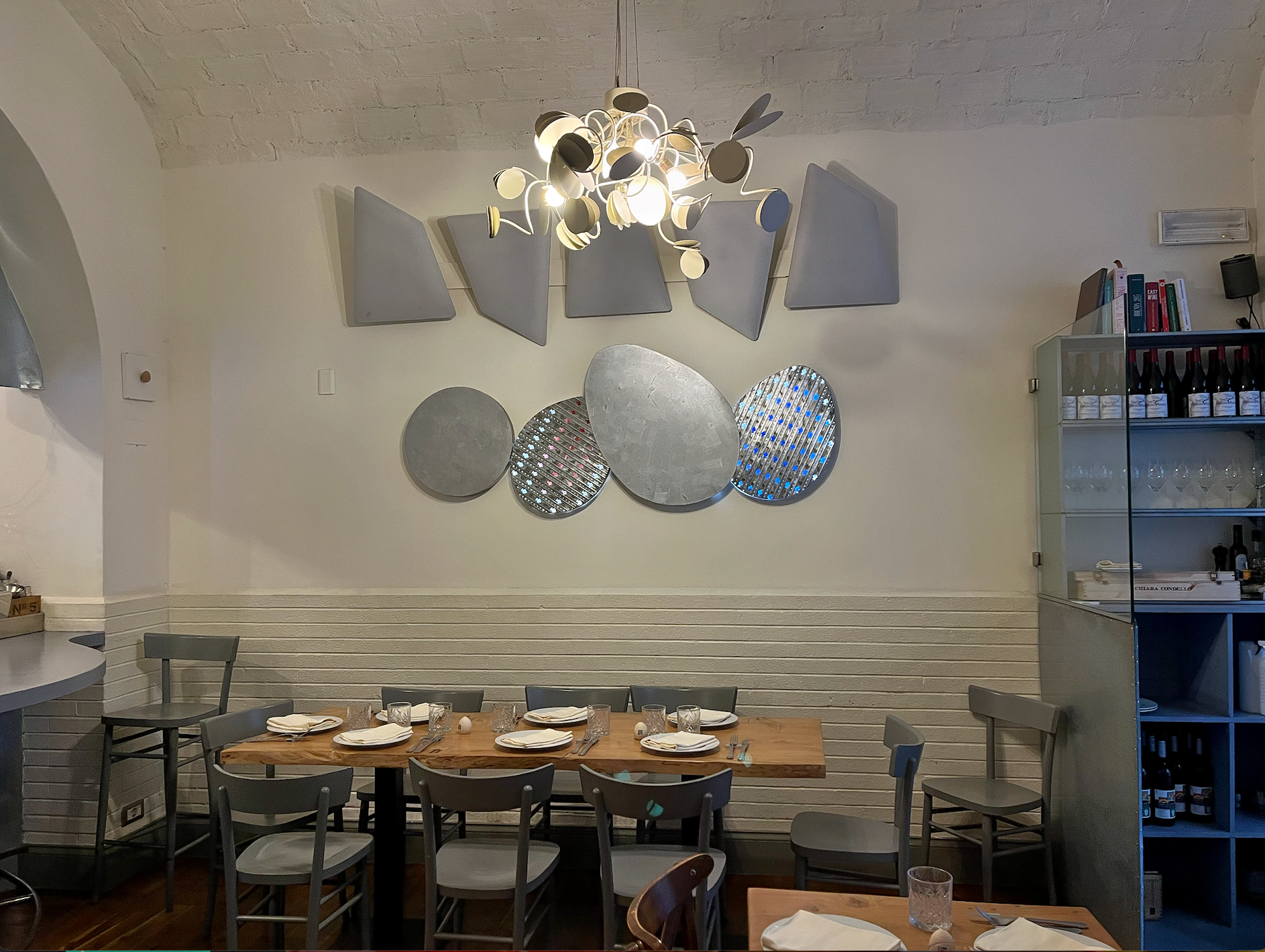
A Look Inside The Restaurant Eggs in Rome, photo by Amanda Mechell
A Look Inside The Restaurant Eggs in Rome, photo by Amanda Mechell
Agosti’s favorite meals to cook are pasta with tomato, omelets, and eggs with tomato. Agosti reiterates the significance of Eggs stating, “[Food] an integral part of people’s lives; it is aggregation and research into the raw materials of which Italy is a producer of excellence and cooking is an act of love.”

Preserving traditional recipes through generations is an essential part of Italian culture. Food is how we remain connected to our roots and honor our ancestors, as seen in Italian culture. Sharing a meal with family, friends, peers, colleagues, and customers keeps the familial traditions alive through storytelling. Consuming dishes passed down through generations made with fresh and simple ingredients, such as tomato, basil, and mozzarella, retells the story of their ancestors.
